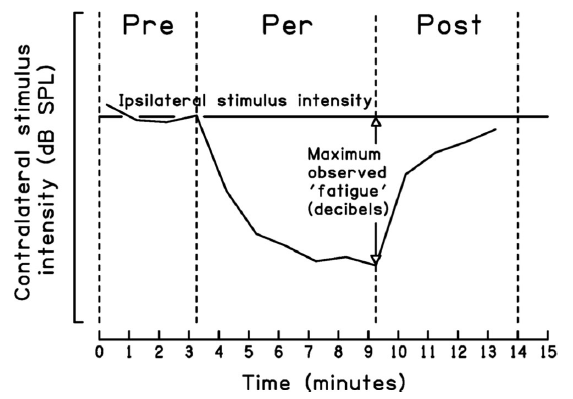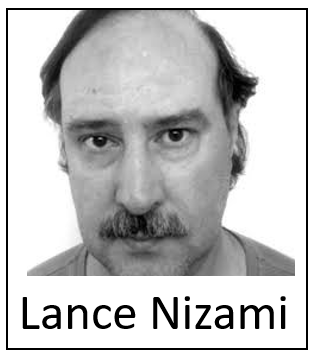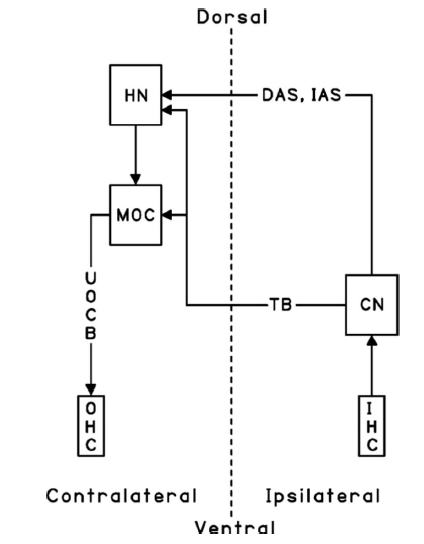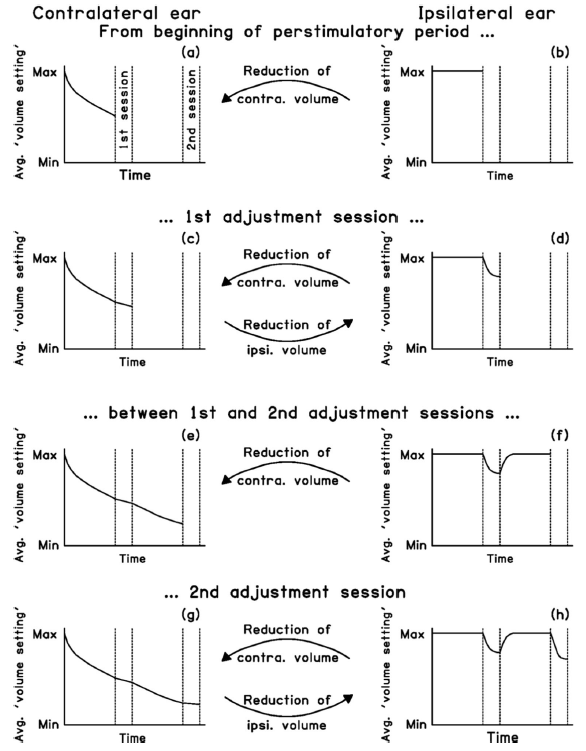Noise can be annoying. It is also by far the most common preventable cause of hearing impairment. Unsurprisingly, noise levels in the workplace are therefore subject to occupational health regulations. Workers must wear headphones to protect themselves against noise from chainsaws, jet engines, or any other loud device.
No such standards exist for recreational noise, where people voluntarily expose themselves to unhealthy levels of noise, for example by attending a rock concert. Everybody knows that rock music is loud, but how loud? According to Motörhead singer Lemmy, his band “will be so loud that if we move in next door to you, your lawn will die.” There is no documented evidence about dead lawns, but it is known that three people standing near the speakers during a Deep Purple concert in 1972 were knocked unconscious by the 10,000-watt system.
And “Spinal Tap” probably went even further:
One consequence of exposure to loud noise is that one’s threshold to detect noise is shifting upward. Or, put more simply, loud noise makes you deaf, even if only temporarily.
Intriguingly, a similar effect can be observed with stimuli at far lower loudness levels. This phenomenon is known as “perstimulatory fatigue” or “loudness adaptation” and refers to the decrease in perceived loudness of a steady acoustic stimulus during its presentation. This effect is observed using the Simultaneous Dichotic Loudness Balance (SDLB) task, which is diagrammed in the figure below.

During the SDLB task, a pure tone is presented to the listener in one ear for an uninterrupted period of several minutes. On occasion, a comparison stimulus is presented to the other ear, and the listener adjusts the intensity of that comparison stimulus until it appears to be as loud as the fixed uninterrupted stimulus.
The typical results from this procedure are shown in the next figure:

The decline in loudness of the comparison stimulus during continuous presentation of the fatiguing stimulus (phase labeled “Per”) reveals that the continuous tone is perceived to become less loud over time. It is as if the ear that is exposed to continuous sound is fatiguing.
When both stimuli are turned on and off, which is what happens during the “Pre” and “Post” phases, then no such fatigue occurs.
There is, however, a remaining paradox. Although the SDLB procedure seems to suggest that it is one ear that is being fatigued by the continuous sound, in alternative procedures that only involve a single ear, no fatigue is detected. For example, if white noise is presented to one ear and an occasional pure tone is presented to the same ear that participants have to detect, then the intensity of the white noise that is required to keep tone-detection probability constant, does not decline over time.
How can these seemingly conflicting results be explained?
How can an ear exhibit fatigue when the other ear has comparison stimuli presented to it, but not when the other ear is left completely unstimulated?
 In a recent article in the Psychonomic Society’s journal Attention, Perception, & Psychophysics, Lance Nizami presented a new model to explain loudness fatigue. Nizami’s model built on the recognition that neuronal firing resulting from the stimulation of one ear can affect the firing of neurons for the opposite ear. This connection between the ears is via the olivocochlear neuron bundle (OCB), an anatomical structure well “below” the brain.
In a recent article in the Psychonomic Society’s journal Attention, Perception, & Psychophysics, Lance Nizami presented a new model to explain loudness fatigue. Nizami’s model built on the recognition that neuronal firing resulting from the stimulation of one ear can affect the firing of neurons for the opposite ear. This connection between the ears is via the olivocochlear neuron bundle (OCB), an anatomical structure well “below” the brain.
The figure below shows a schematic of the OCB. For present purposes, assume that the “ipsilateral” side is stimulated by a sound. The OCB transmits the response from the inner hair cells of the ear (IHC) via the cochlear nucleus (CN) and several other structures (TB = trapezoid bundle; DAS = dorsal acoustic stria; IAS = intermediate acoustic stria; HN = higher nuclei; MOC = medial olivocochlear nuclei; UOCB = uncrossed portion of olivocochlear [neuron] bundle) to the outer hair cells of the opposite ear (OHC).
In a nutshell, sound presented to one ear is turning down the other ear. This connection was initially examined in animals, but Nizami presents a variety of psychophysical evidence that describes the operation of the OCB in humans.

The model makes two further assumptions: First, a single ear’s overall contribution to loudness remains constant when that ear is the only one being stimulated. Monaural presentation does not lead to fatigue, in line with the evidence above. Second, when both ears contribute, perceived loudness is the sum of the contribution from both ears.
The model’s account of the fatigue observed in the SDLB task is shown in the next figure:

The continuous fatiguing stimulus is shown in the right-hand column, with time advancing between rows of panels. The comparison stimulus that is presented to the other ear is shown in the left column. Within each row, the two panels are time-locked.
Consider first the perceived loudness contributed by the continuous stimulus (right). With brief exceptions that arise during presentation of the comparison stimulus, there is no loudness fatigue. This captures the fact that monaural presentation entails no fatigue.
Now consider the comparison stimulus: Owing to the OCB connection, that ear’s loudness contribution is constantly turned down (panels a, c, e, g), except for the brief periods when the comparison stimulus is on. When the comparison stimulus is on, the same OCB connection turns down the continuous fatiguing stimulus.
Crucially, because the participants’ volume adjustment during the SDLB occur at the end of the period during which the comparison stimulus is on, this leads to the observed “fatigue” effects because the comparison stimulus is turning down loudness of the fatiguing stimulus, and is doing so increasingly across time.
The model developed by Nizami can account for a number of other effects involving binaural “fatigue”, relating to the effects of stimulus intensity and frequency and so on.
One note of caution involves the relative magnitude of the binaural fatigue effects observed in the laboratory and those at rock concerts. Whereas the laboratory-based effects last a few minutes, a rock concert may affect your hearing for days or even weeks—and it doesn’t matter whether you listen with one ear or both.
Psychonomics article considered in this blogpost:
Nizami, L. (2019). Simultaneous dichotic loudness balance (SDLB): Why loudness “fatigues” with two ears but not with one. Attention, Perception, & Psychophysics, 81, 1624-1653. DOI: 10.3758/s13414-019-01694-8.
